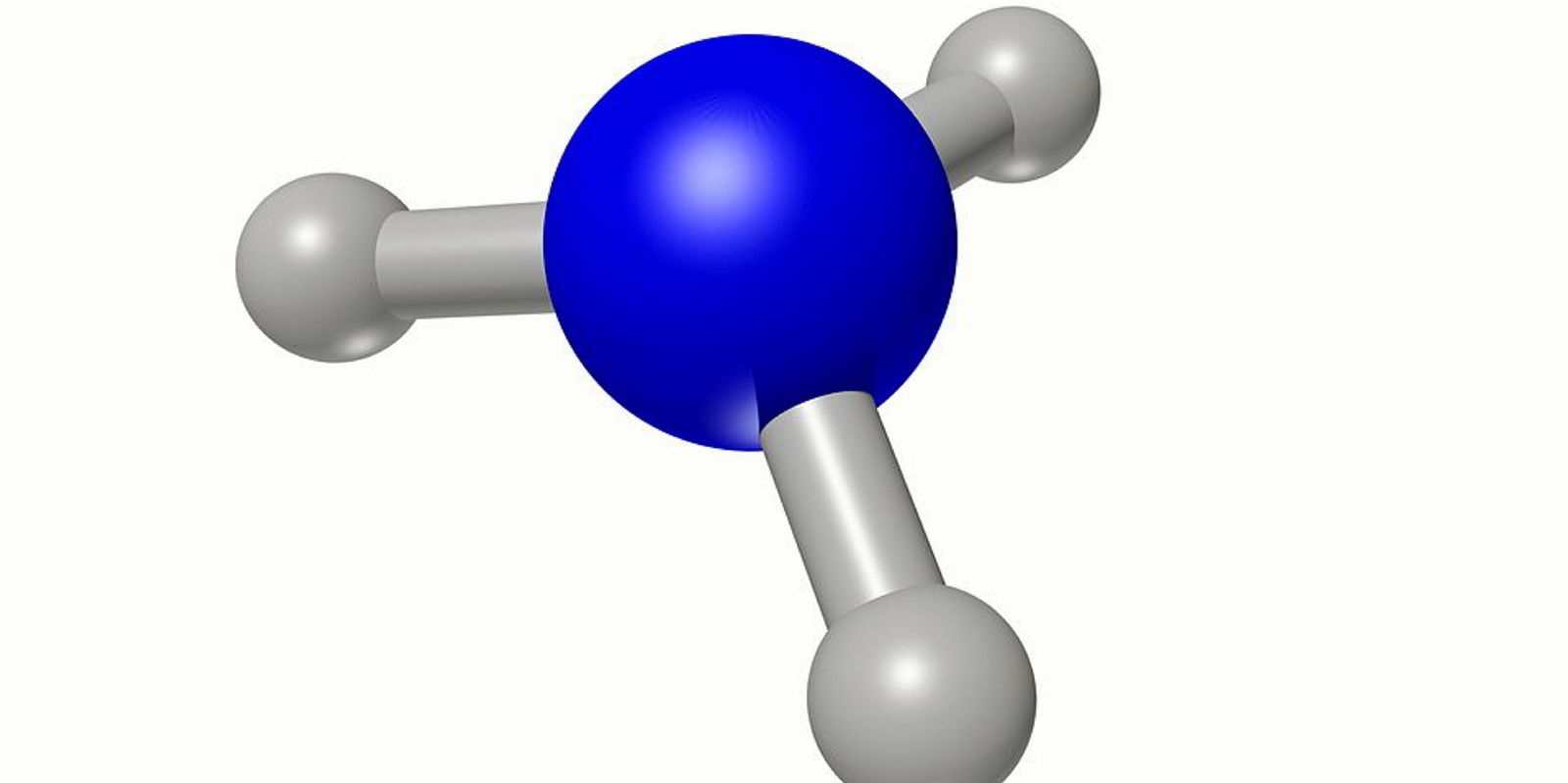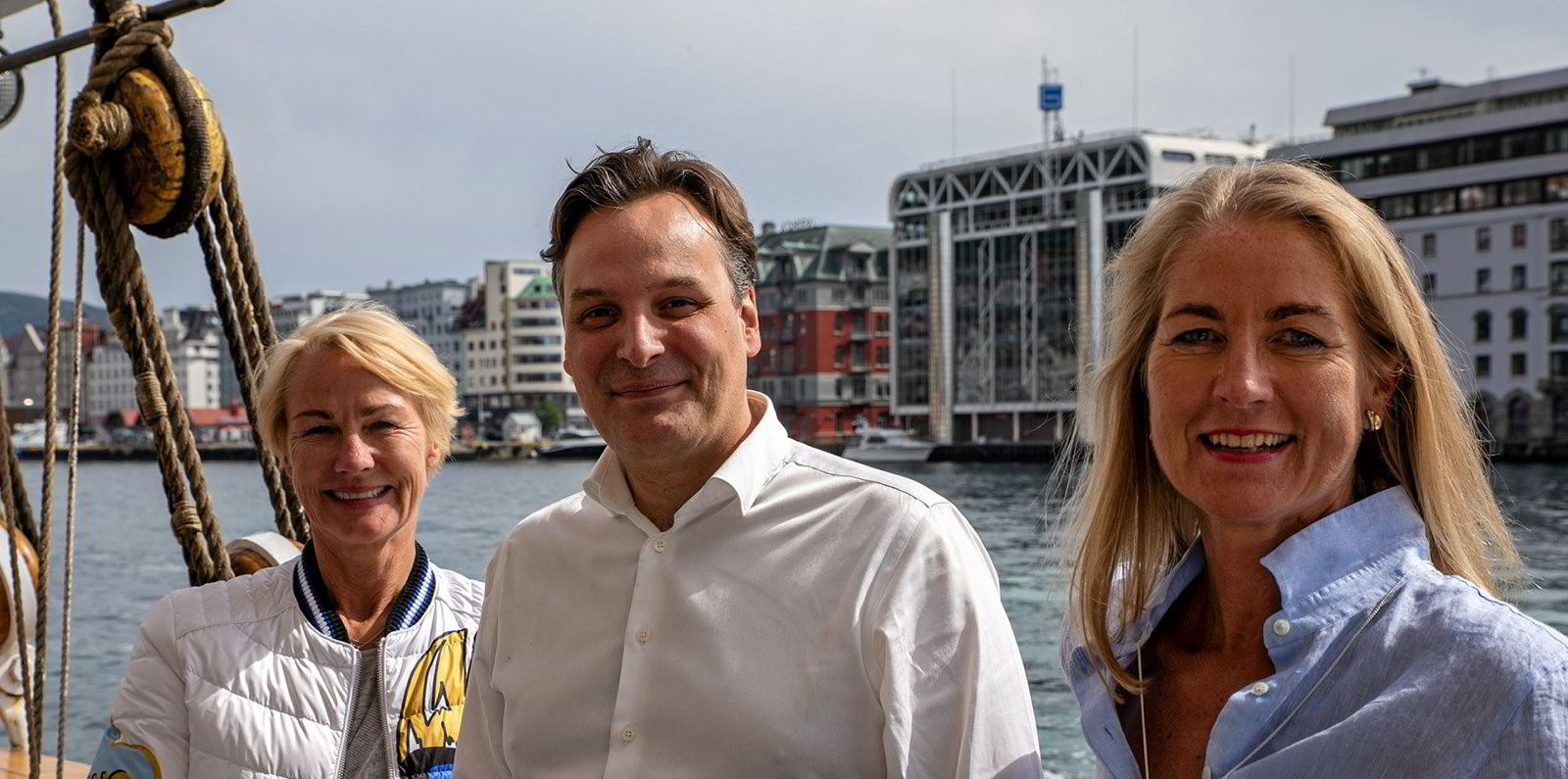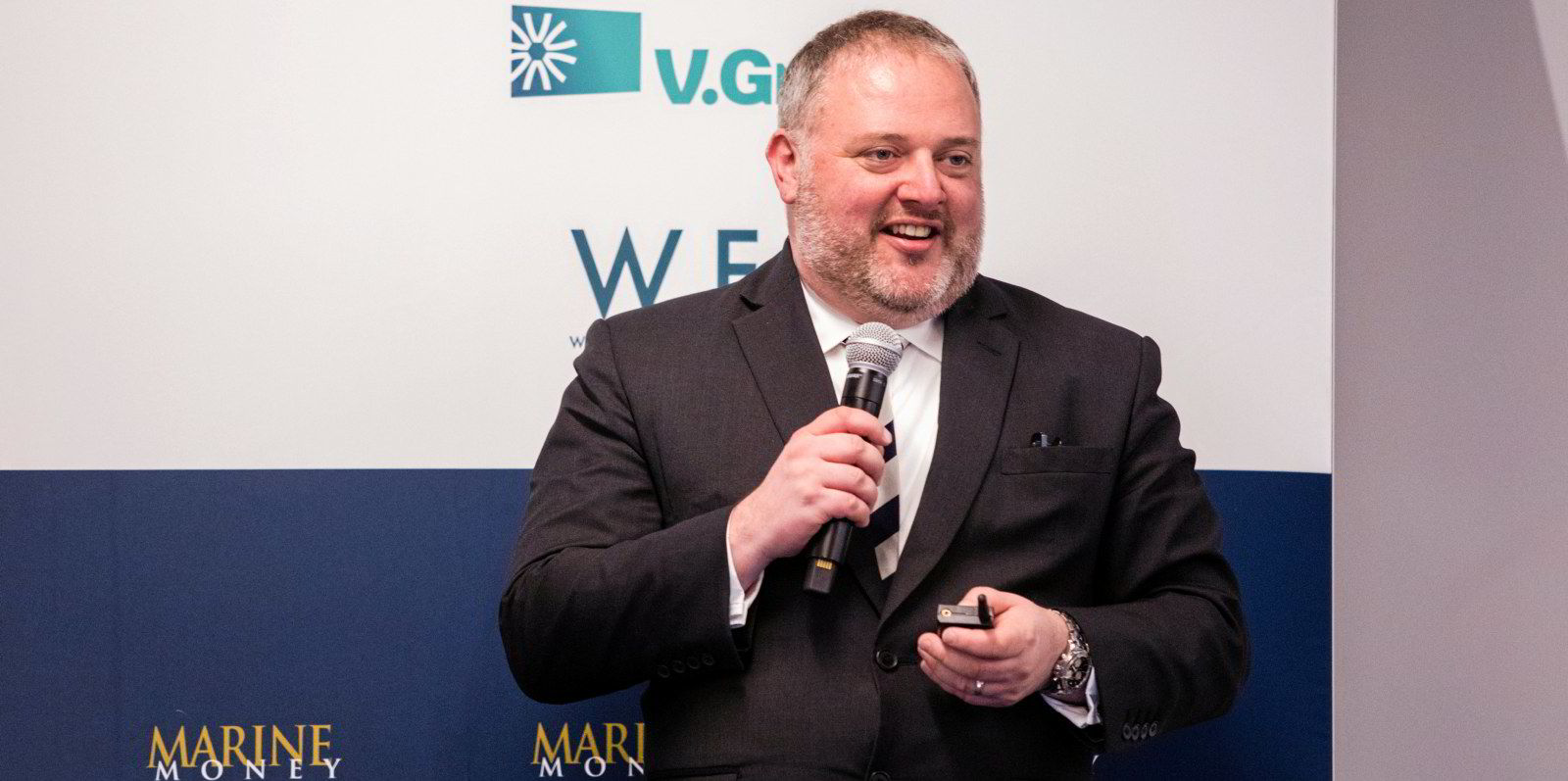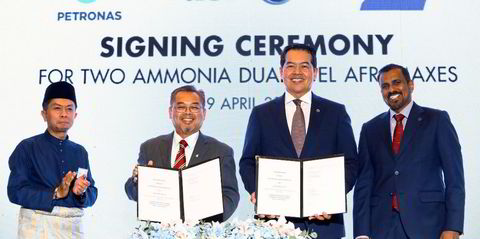Ammonia will be needed as a fuel for shipping to lower carbon emissions as green hydrogen alternatives will take decades to develop, according to shipowner Golar LNG and its engineering partner Black & Veatch.
In the first of a promised series of papers — Floating blue ammonia production: Creating a zero-carbon emission fuel — the partners said that blue ammonia can be produced, stored and transported using the existing large-scale infrastructure.
Ammonia is also stable at room temperature, allowing it to be distributed through multiple modes of transport, they added.
A large proportion of the LPG carrier fleet is capable of transporting ammonia, Golar and Black & Veatch said.
They stated that use of this infrastructure will be “critical” to access areas of consumption which may take longer for green hydrogen to reach.
- Grey or brown ammonia: Produced from fossil fuels.
- Blue ammonia: Produced using natural gas but with CO2 capture and storage.
- Green ammonia: Produced from hydrogen made through water electrolysis using renewable energy.
“This ability to rapidly deploy ammonia to energy-intensive demand centres will help achieve increasingly aggressive climate targets,” Golar & BV said.
Toxicity sidestep
The two companies, which announced their collaboration on floating ammonia production, carbon capture, green LNG and hydrogen in November, said liquid ammonia is more energy dense than liquid hydrogen. This allows it to store more energy at the same volume.
“Liquefied ammonia also provides a safer, cheaper and less energy-intensive means of transport across long distances than the transport of liquefied hydrogen," the pair said.
They added that once delivered, ammonia can be used directly as a fuel or converted back to hydrogen by cracking technology.
“In either scenario, a clean-burning fuel, that releases no CO2 at the point of combustion, is available,” the companies said.
They did not reference ammonia’s toxicity, which is a hurdle flagged up by many commentators in the industry.
FNH3 units
The two companies stressed their experience with floating LNG solutions, which they said offers a faster return on investment due to its shorter delivery time over onshore facilities. The pair worked together on Cameroon’s FLNG unit Hilli Episeyo.
Floating units can also be redeployed, they added.
“It is likely that these same benefits can be obtained with floating blue ammonia (FNH3) production units,” they said. “We envision the possibility of the use of these units.”
In addition, they added that while floating blue ammonia production will produce CO2, for these offshore units there could be an existing network of depleted wells and existing pipelines on hand for disposal of captured CO2.
This could cut the cost of shipping and storing it at another location, they said.
Hydrogen endgame
The partners acknowledged that a move to green hydrogen may be “the eventual endgame” for 2050.
“The more immediate, compelling and realistic economic proposition lies first with the adoption of blue ammonia, which can help reduce many industries’ carbon footprint while laying the groundwork for further decarbonisation gains,” they added.
“As governments, consumers and industry leaders seek to lower carbon emissions, ammonia offers a level of scale, portability and flexibility the developing green hydrogen market will not achieve for decades.”








